Electromagnetic flowmeters are widely used in various industries for accurate flow measurement. However, they may encounter operational issues that can be broadly categorized into two types: (1) faults originating from the instrument itself, such as structural or component failures; and (2) faults caused by external factors, such as improper installation, flow changes, sedimentation, and scaling. This article explores these common faults and their corresponding solutions in detail.
1. No Flow Signal Output
Causes:
Power Supply Issues: The flowmeter is not receiving proper power.
Cable Connection Problems: Loose, damaged, or incorrect wiring.
Improper Fluid Flow Conditions: The fluid flow does not meet installation requirements.
Sensor Component Damage: Internal sensor parts are malfunctioning, or there is debris or buildup on the measurement inner wall.
Converter Component Malfunction: The converter’s internal components are damaged.
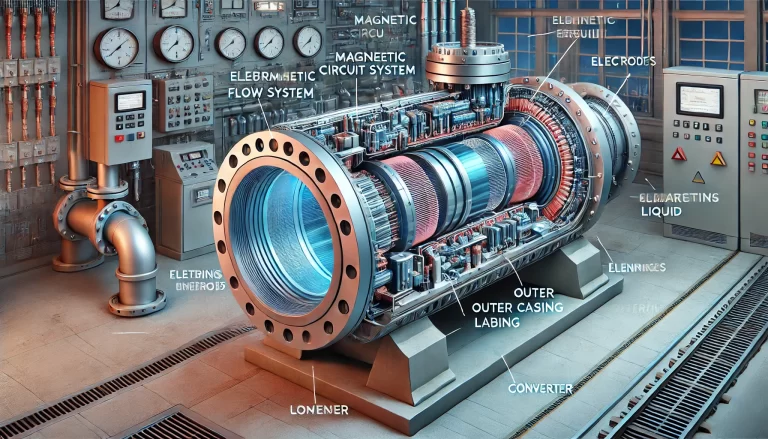
Solutions:
Check the Power Supply:
Ensure the power source is connected.
Verify output voltages on the power circuit board.
If the power circuit board is faulty, replace it.
Inspect Cable Connections:
Confirm the integrity and correctness of the wiring.
Repair or replace damaged cables.
Verify Fluid Flow Conditions:
Ensure the flow direction matches the installation.
Confirm that the pipeline is fully filled with liquid. If not, modify the sensor installation position to avoid empty pipe conditions.
Examine Sensor Components:
Check for debris, scaling, or other deposits inside the sensor.
Regularly clean the sensor to prevent buildup.
Replace Faulty Components:
If converter components are damaged, replace them with functioning parts.

2. Fluctuating Output Values
Causes:
Process-Related Flow Variations: Natural flow pulsations in the fluid.
Electromagnetic Interference: External factors such as stray currents, large electrical equipment, or welding machines nearby.
Pipeline Issues: Unfilled pipes or fluid containing air bubbles.
Internal Component Loosening: Vibrations from pipelines or fluids may loosen circuit boards inside the transmitter.
Solutions:
Address Process-Related Causes:
Confirm whether flow pulsations are part of the process. Allow natural stabilization for fluctuations caused by pulsations.
Eliminate Electromagnetic Interference:
Inspect the environment for interference sources such as heavy electrical equipment.
Ensure proper grounding of the instrument.
Resolve Pipeline Issues:
Work with process engineers to ensure pipelines are fully filled and free from air bubbles.
Secure Loose Components:
Open the transmitter and check for loose circuit boards.
Firmly reattach any loose components.
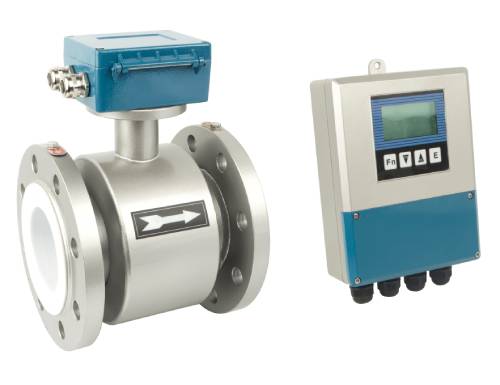
3. Flow Measurement Discrepancies
Causes:
Faulty Transmitter Circuit Board: Water damage or corrosion.
Low Fluid Velocity: Low flow rates allow air bubbles to aggregate, causing errors.
Cable Insulation Problems: Degradation in the cable’s insulation leads to inaccurate signals.
Incorrect Converter Parameter Settings: Incorrect calibration values.
Solutions:
Inspect and Replace Circuit Boards:
If corrosion or water damage is found, replace the circuit board.
Ensure Adequate Fluid Velocity:
Verify that fluid velocity exceeds the minimum operational limit.
Repair Cable Issues:
Check for loose or poorly connected signal cables.
Replace cables with poor insulation.
Calibrate Converter Parameters:
Reset parameter values such as zero point and span.
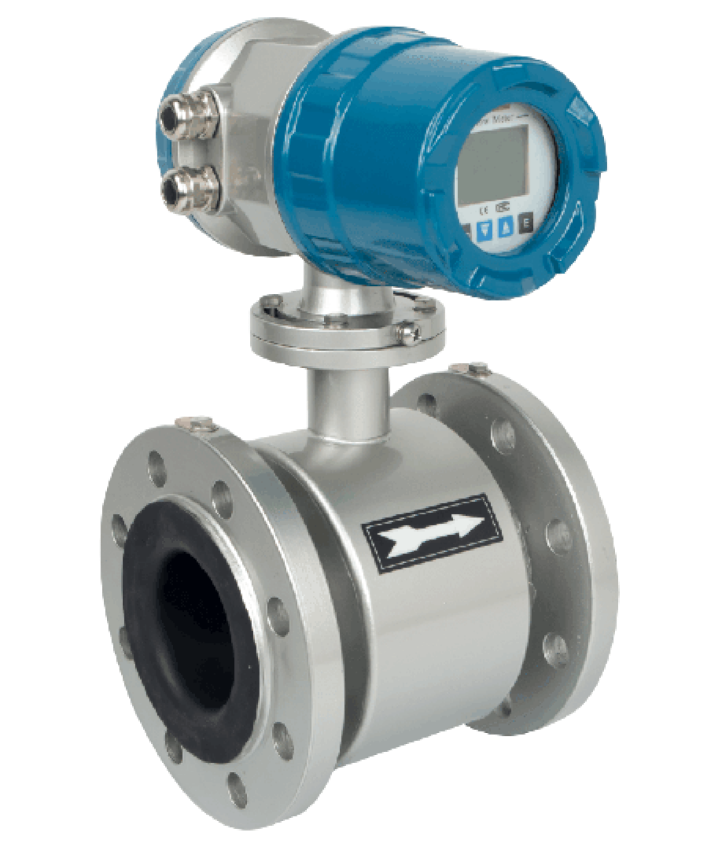
4. Output Signal Exceeding Full-Scale Range
Causes:
Cable Connection Errors: Incorrect or disconnected cables.
Incorrect Converter Parameters: Calibration values are set incorrectly.
Incompatible Sensor and Converter Models: Mismatch between components.
Solutions:
Inspect Signal Loop Connections:
Reconnect any disconnected or improperly connected cables.
Test and replace cables with degraded insulation.
Review Parameter Settings:
Verify and adjust calibration parameters, including zero and span values.
Match Sensor and Converter Models:
Confirm compatibility. If mismatched, contact the manufacturer for replacement.
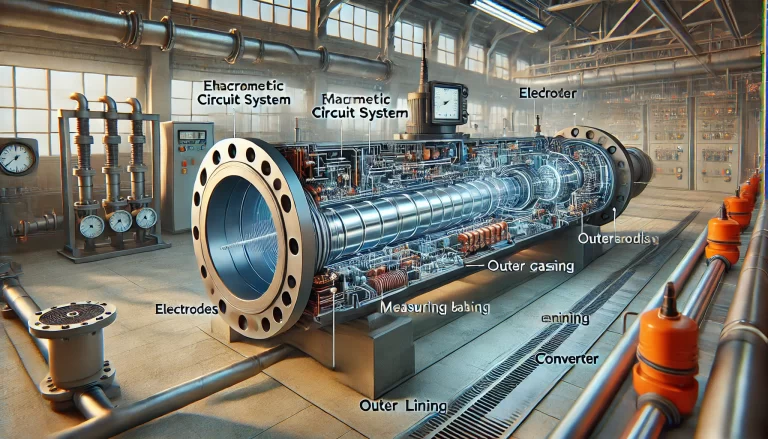
5. Unstable Zero Point
Causes:
Pipeline Issues: Air bubbles or incomplete filling of the pipe.
Residual Fluid Movement: Slight undetected flow.
Sensor Contamination: Uneven liquid conductivity or electrode fouling.
Signal Loop Insulation Degradation: Dust, oil, or other contaminants.
Solutions:
Resolve Pipeline Issues:
Ensure the pipeline is fully filled, and air bubbles are eliminated.
Acknowledge Residual Flow:
Minor residual flows may not be flowmeter faults.
Clean Sensor Components:
Remove deposits or contaminants from the sensor’s inner walls or electrodes.
Perform regular maintenance to prevent scaling.
Inspect Insulation:
Check for contaminants on electrodes or inside the housing.
Clean and restore proper insulation levels.
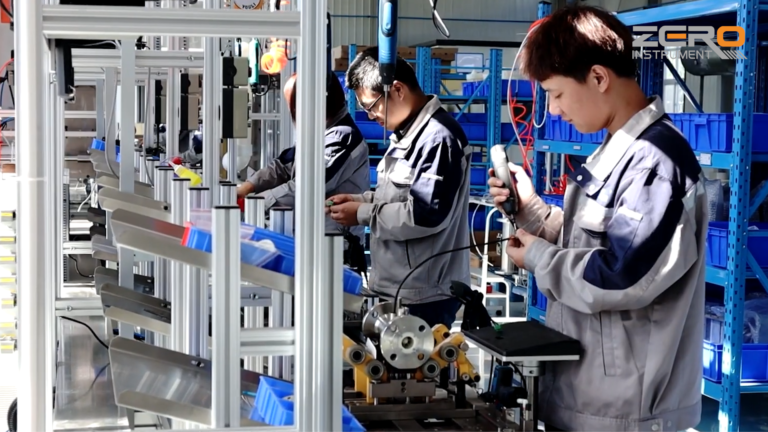
Conclusion
Electromagnetic flowmeters are robust instruments, but like any equipment, they require proper maintenance and timely troubleshooting. By systematically identifying and addressing the causes of faults, users can ensure accurate and reliable operation. Following these guidelines can significantly reduce downtime and improve measurement efficiency in industrial applications.
